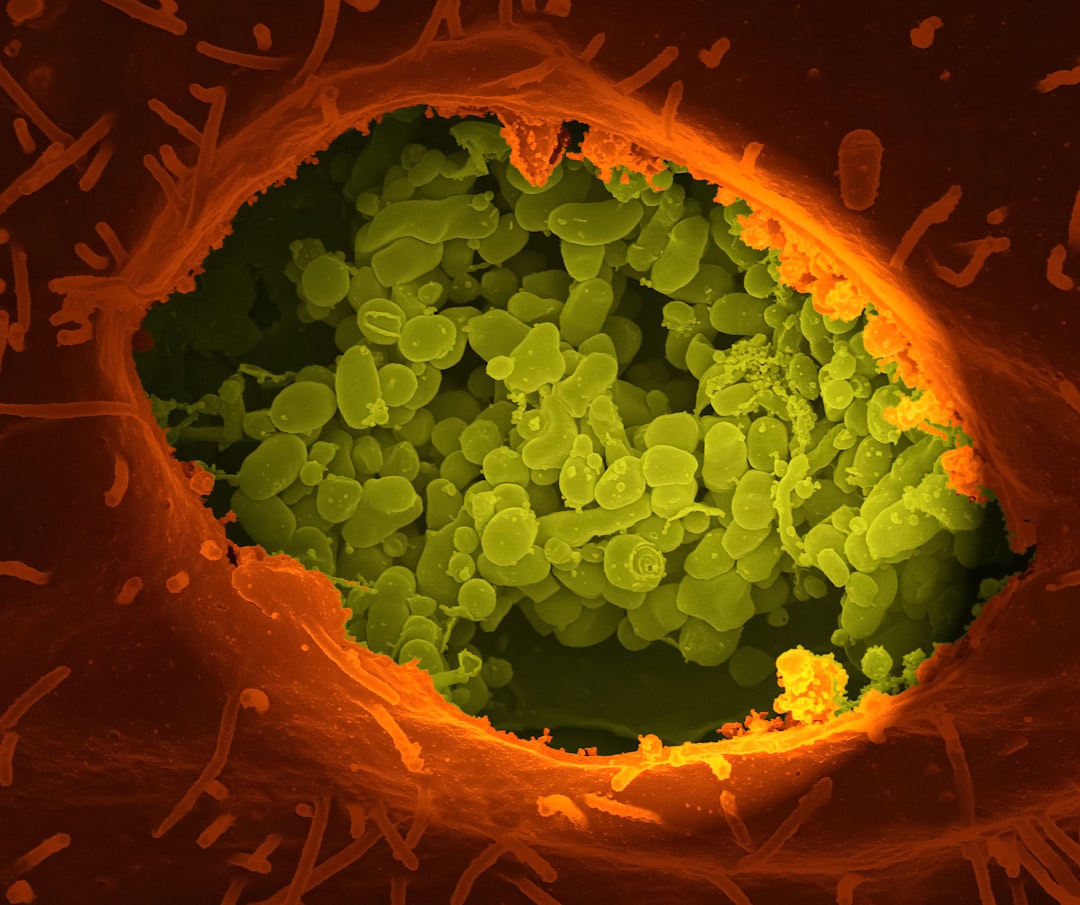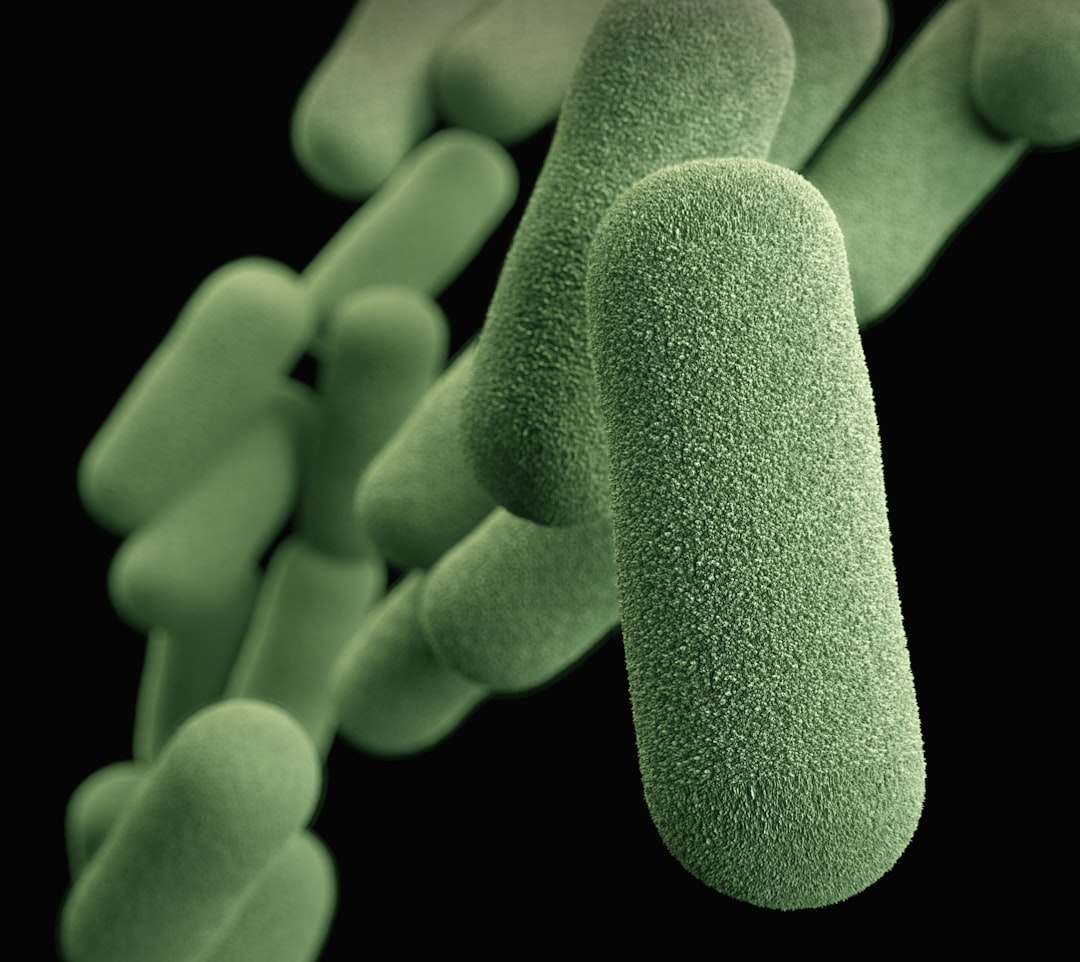What is it about?
We used a computer model to understand how increased bio-energy crop production, reduced atmospheric pollution, and sewage from a larger population would affect nitrogen transported by the Mississippi River to the Gulf of Mexico. Nitrogen flows in the river are related to the annual size of the "dead zone" (area with insufficient oxygen to support life) in the Gulf of Mexico. Unless nitrogen management improves, increased biofuel crop production (e.g. corn for ethanol) could increase nitrogen inputs to the Gulf of Mexico by about 15%. The effects of changes in atmospheric and sewage sources were small. Also, we estimate that nitrogen lost through tile drainage on crop lands could contribute about half of nitrogen delivered to the Gulf of Mexico.
Featured Image
Why is it important?
There are a number of interacting factors that could influence future nitrogen flows: policies aimed at increasing biofuel crop production, policies aimed at reducing atmospheric nitrogen pollution, and a larger population connected to centralized sewage systems. In this study, we found that crop production has the most impact. Our results also suggest that practices that reduce nitrogen losses from tile drains could also have substantial benefit.
Perspectives
From a modelling perspective, this project was interesting for two reasons. First, I modified the structure of the NEWS model to estimate nitrogen export on a monthly basis (compared to annual). Monthly estimates are important for the Gulf of Mexico, because past research has found that nitrogen export in May is related to the size of the hypoxic zone. Second, I modified model structure to account for tile drains. Field studies have found that tile drains act as a "conduit", transporting nitrogen from crop land to surface waters.
Dr Michelle L McCrackin
Stockholm University
Read the Original
This page is a summary of: Alternative futures of dissolved inorganic nitrogen export from the Mississippi River Basin: influence of crop management, atmospheric deposition, and population growth, Biodegradation, April 2017, Springer Science + Business Media,
DOI: 10.1007/s10533-017-0331-z.
You can read the full text:
Contributors
The following have contributed to this page










